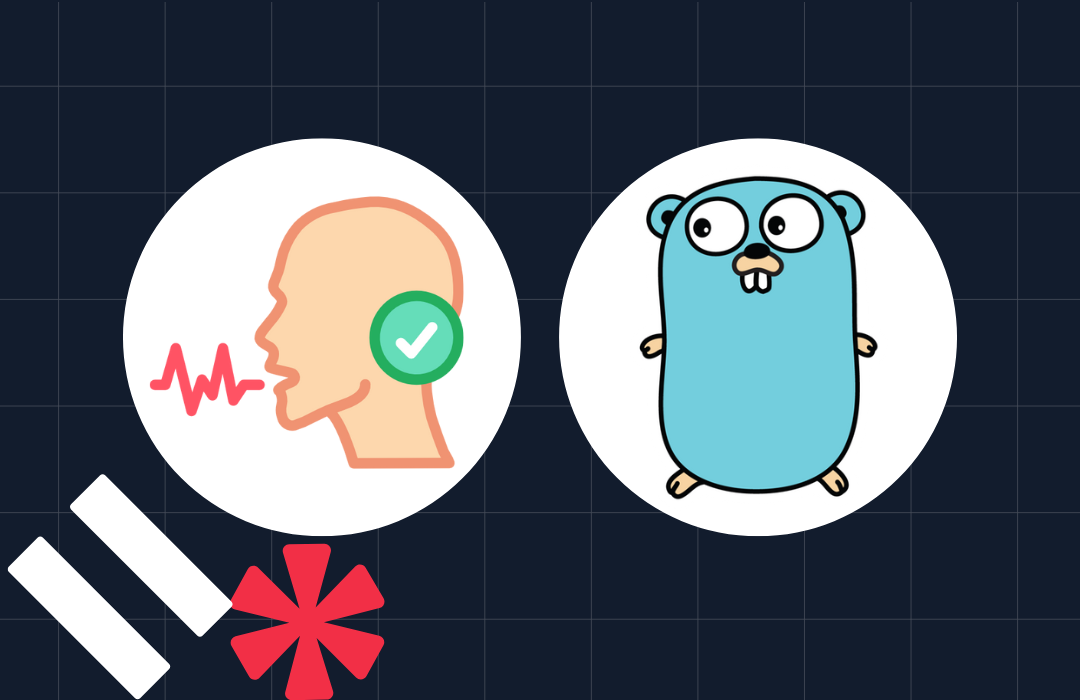Add WebRTC To Your PBX or Call Center In 5 minutes
Time to read: 2 minutes

Your employees are working remotely, from home, airports, hotels, customer locations and coffee shops. Wherever they are, they’re not in the office as much anymore. You’ve introduced tools to allow them to communicate efficiently across teams, no matter where they are. But, finding the right tool for voice communications is still problematic.
Twilio can help you solve this problem with our SIP to WebRTC solution and a sample application to help you get started.
Today many PBX’s and call center’s have a softphone feature and you could deploy these software clients. But these clients are yet another piece of software for you to provision, deploy, and maintain. Worse, they often just don’t work. Remote firewalls and proxies often block calls and when calls are completed the quality is poor.
WebRTC makes life much, much easier.
WebRTC is built directly into your browser which allows you to communicate with ease. There is nothing for the user to install, download or configure. Your web developer can get up and running quickly because there are no arcane telecom languages to learn. WebRTC is managed by standard HTML and Javascript, and provides the best voice quality on the available bandwidth.
There is one issue: your PBX doesn’t support WebRTC. That’s where the Twilio SIP to WebRTC solution comes in.
Twilio enables you to augment your PBX with WebRTC without purchasing any cumbersome hardware or deploying any unnecessary software. Twilio speaks to your PBX using SIP and transcodes into WebRTC in order to bring the calls natively to the browser or mobile application. Twilio’s WebRTC implementation automatically determines the type of network the user is on connects through firewalls and proxies as needed.
While we’re writing about this today, this isn’t a new service. In fact, Twilio was one of the first adopters of WebRTC in 2011. Our customers are on pace to run a billion minutes through our WebRTC platform by the end of the year.
Let’s cut the chit chat and start building. You can use the sample WebRTC to SIP examples we’ve built and get started sending calls to a browser. While this is a simple demonstration, built using Twilio’s APIs, we hope it will show you how easy it is to get your employees to start taking calls from their browser. Once you create a Twilio account, we’ll instantly provision you with a SIP endpoint, a new number, and a WebRTC client ready to take calls.
With the samples you'll learn:
- Create an account
- Twilio will generate an SIP endpoint and a US DID
- Answer calls initiated over the PSTN with the browser using WebRTC
- We will provision you with a DID that you can place calls to or forward calls to
- You will receive a SIP endpoint you can send SIP traffic to
The Twilio WebRTC to SIP service molds to your needs. Whether you’re contacting remote employees, or powering an entire call center, it’s easy to embed a WebRTC client into any existing web application.
Web developers can get started with Twilio’s intuitive JavaScript SDK to take and receive calls in the browser using WebRTC and Twilio’s SIP Interface product to connect to SIP infrastructure.
Want to learn more about how WebRTC can benefit your business? View our solution page here to learn more.
Related Posts
Related Resources
Twilio Docs
From APIs to SDKs to sample apps
API reference documentation, SDKs, helper libraries, quickstarts, and tutorials for your language and platform.
Resource Center
The latest ebooks, industry reports, and webinars
Learn from customer engagement experts to improve your own communication.
Ahoy
Twilio's developer community hub
Best practices, code samples, and inspiration to build communications and digital engagement experiences.

